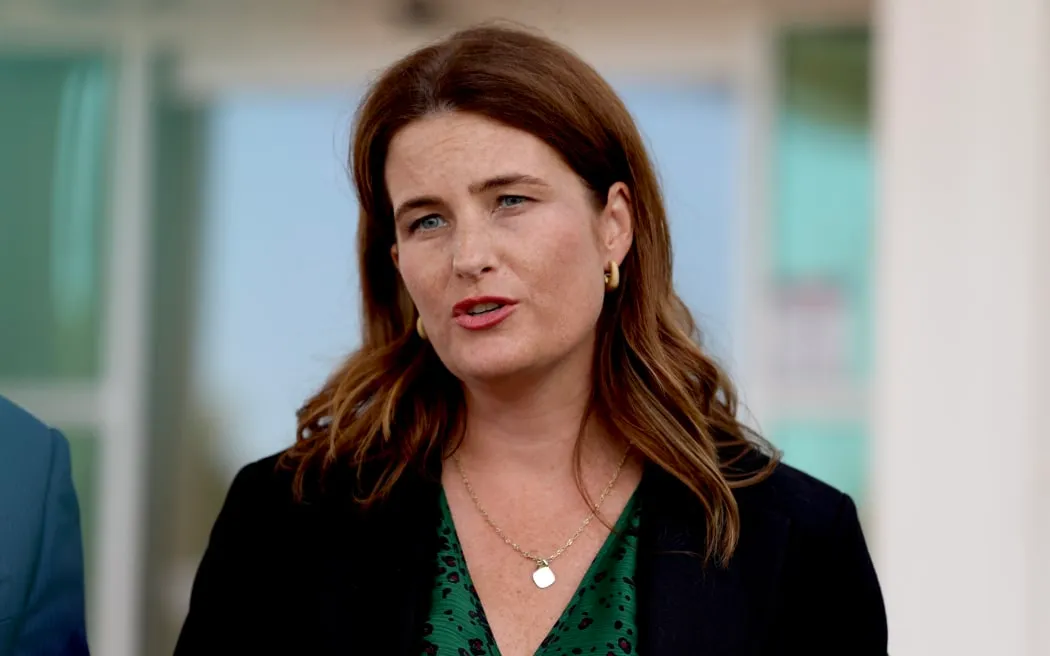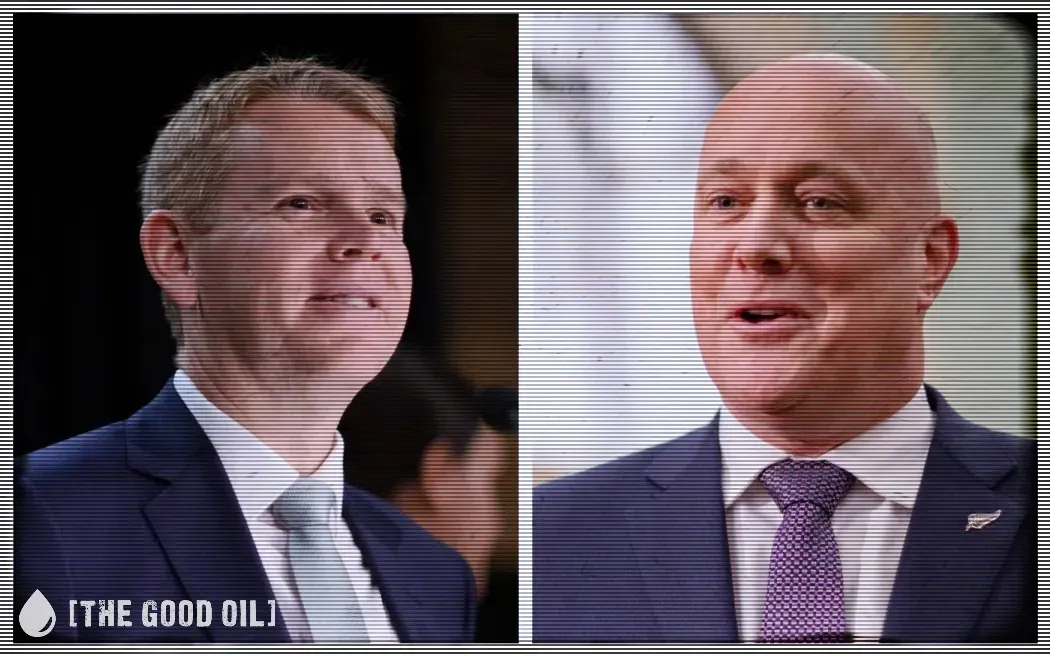Dr Bryce Edwards
democracyproject.nz
Dr Bryce Edwards is Political Analyst in Residence at Victoria University of Wellington. He is the director of the Democracy Project.
Jacinda Ardern’s household wealth increased by an estimated $290,000 over the last year. Although she earned nearly half a million dollars from her job, her windfall was solely due to the value of her Auckland house increasing. And by her own policy designs, it’s a capital gain which is untaxed.
Similarly, her finance minister Grant Robertson made about $320,000 on his Wellington house. In fact, altogether MPs increased their property-owning wealth by about $50 million over the last year. This was all exposed last week in an article by Charlie Mitchell – see: The houses of Parliament: MPs rack up millions in capital gains as housing affordability crisis worsens. According to Mitchell, MPs now own about 256 properties between them, with a collective value of about $356m.
Our elected representatives therefore have something in common: wealth. Mitchell points out: “for a Parliament that is historically diverse on matters including gender, ethnicity and sexuality, it is almost monolithic on property ownership.”
The fortunes of MPs encapsulate the massively increasing inequality of the last year in New Zealand. Decisions made by the Government have led to an unprecedented transfer of wealth to the rich in New Zealand. While those at the bottom have gone backwards – as detailed in my column yesterday, Labour’s sacrificing of the poor, those at the top have never had it so good.
Economists have labelled this a K-shaped recovery – reflecting the fact that the lines on the chart for rich and poor are headed in very different directions. As business journalist Bernard Hickey wrote last week, looking at the fortunes of the poor over the last year we can see that “renters, the young, the disabled, most Maori and most Pasifika went backwards”, while “Asset owners gained around $92,000 in asset value appreciation over the year of Covid” – see: The anatomy of a ‘rekovery’.
Money Printing and New Statistics on Mega Wealth Increases
In the above column, Hickey was commenting on the release of a Statistics New Zealand report showing household wealth had rocketed up in the last year by $402bn, an increase equivalent to the previous four years put together. This surge is due to the fast-rising prices of assets like houses, rentals, and businesses as a result of a government-induced economic boom. For more on the report, see the Herald’s NZ households’ net worth hits $2.3 trillion, but savings fall to lowest level in two years.
The report came out in the same week that the Reserve Bank announced an end to its controversial money printing, “the Large-Scale Asset Purchase” programme, otherwise known as quantitative easing. This had pumped $53.5bn into the economy in the form of bond-buying to create lower interest rates and a “wealth effect”. It’s widely seen as the central government tool that has fuelled the explosion in asset prices, including housing over the last year.
Last week Dileepa Fonseka reviewed the “success” of the programme, citing economists who say it had a huge impact on asset prices – see: Quantitative Easing: An Obituary.
For example, Infometrics economist Brad Olsen says: “Anyone who owns a house would say it helped, anybody who didn’t would throw some rocks at you.” And risk economist Raj Manji is quoted as saying “It did what it was supposed to do”, but laments that the Reserve Bank kept it going for far too long, with ill-effect.
New Zealand continues to see the results of the asset programme on the housing market. Today, for example, ANZ bank economists have detailed how well the rich are doing – see Tamsyn Parker’s Simply bonkers: House prices now 10.5 times median disposable income, ANZ economists say.
Bernard Hickey also wrote about the end of the money printing programme on Friday, and especially its impact on housing affordability, saying:
“The political fallout has yet to really start from this deliberate public policy decision to make wealthy people even wealthier while simultaneously making it harder for the poor to get ‘on the ladder’. The Government’s decision not to more widely distribute cash grants to poor renters and beneficiaries, rather than business owners (many of whom have not repaid the cash grants and have instead bulked), will compound the backlash when it comes”
– see: A generation’s dreams sacrificed.
Hickey laments that “no political party in Parliament has policies or is arguing for policies that would reverse this massive, massive wealth bonus for the wealthy due to a Governmental decision.”
He also criticises the Government, the Reserve Bank and Treasury for having little understanding or even acknowledgement of the severely negative impact of this policy on wealth inequality. Although he does point to the official warning that Treasury gave the Minister of Finance in March last year to say that the mechanism would have the impact of “creating wealth inequality”. Hickey himself warns that, eventually, there “will be a reckoning” in the political system on a major scale.
There appears to be agreement from Victoria University of Wellington’s Professor of Wellbeing economics, Arthur Grimes, who used to chair the Reserve Bank and was its Chief Economist. He explains how the government policy has worked to fuel the concentration of wealth:
“What they’ve done is they’ve flooded the banking system with liquidity, banks haven’t had anything to do with that liquidity other than lend it to people to buy houses basically, so people have just had a huge amount of money to go out and buy houses at virtually zero interest rates and that’s just forced the price of houses through the roof”
– see Newstalk ZB’s Former Reserve Bank chair: Govt engineering a ‘well-being disaster’.
Grimes points out that this outcome was not an unforeseen or unintended consequence:
“It was well-known before the legislation was changed by this Government that this would happen, that asset prices would spike as a result of the changed policies… I remember writing about from years previously.”
See also Jenée Tibshraeny’s Arthur Grimes: RBNZ and the Govt have engineered a ‘wellbeing disaster’. In this, Grimes heavily criticises the Labour Government’s monetary policy and rules for the Reserve Bank, calling Treasury advice “utterly incompetent”, and saying the resulting increases in the cost of living and housing affordability are “the worst wellbeing disaster we’ve probably had in the last two decades”.
It’s worth noting that similar policies have been followed throughout the world. In the UK, for example, the Conservative Government also implemented asset inflating policies. Last week the Guardian reported on how, as a result, “the pandemic had ‘turbo-charged’ the already yawning gap between the rich and the poor”, but that now “this inequitable state of affairs has surely become unsustainable” – see their editorial, The Guardian view on Britain’s wealth divide: a gap becomes a chasm.
This article can be republished under a Creative Commons CC BY-ND 4.0 license. Attributions should include a link to the Democracy Project.
Please share so others can discover The BFD.









